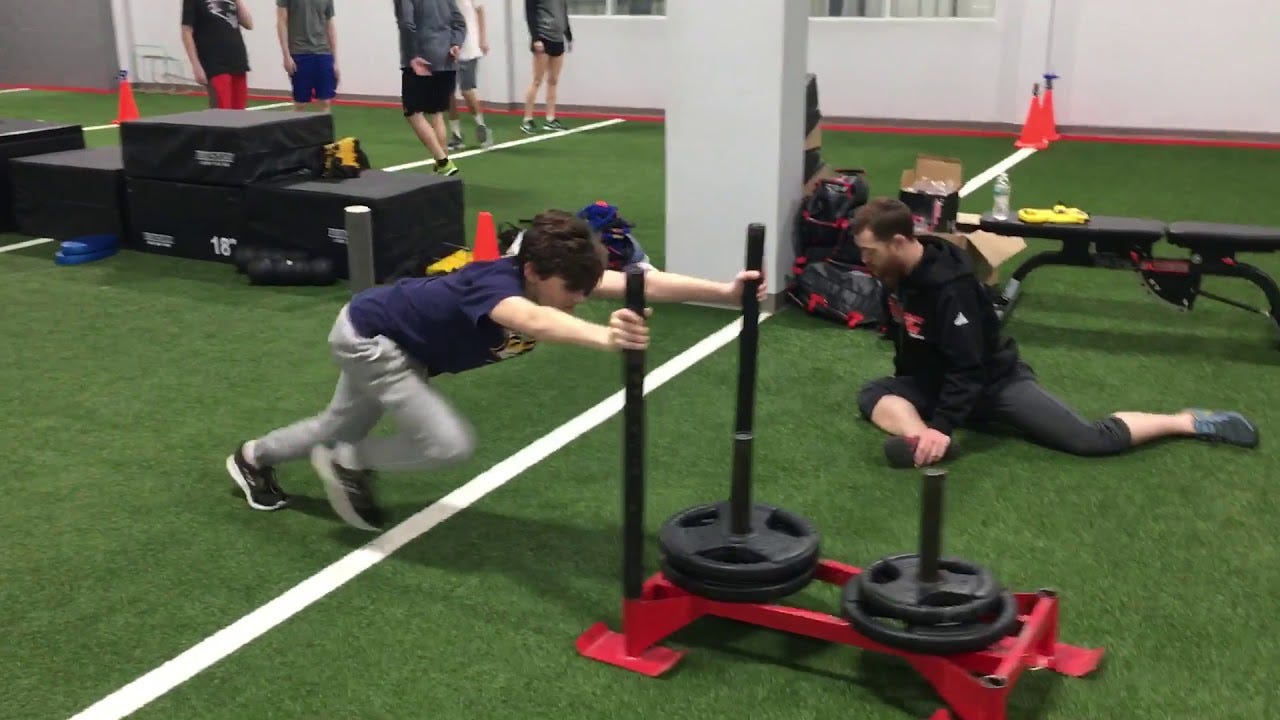
Research shows unequivocal evidence that exercise has benefits on many biomarkers of the human movement system. However, interpretation and dissemination of evidence have, at times, become skewed. I would like to move through a brief history of preadolescent exercise, the misconceptions that followed it, and contemporary support for youth resistance training.

The term “youth” uses a broad definition covering both the prepubescent and adolescent years (Faigenbaum et al., 1996). There have been occasions when it was considered dangerous to train young people, and it was thought that epiphyseal growth plates and bones would be fractured, stunting normal growth of these tissues (Faigenbaum et al., 1996). Some misinterpretations of research have contributed to, and propagated, this notion. One such example could be cited in a 1979 National Electronic Injury Surveillance System (NEISS) analysis. It stated that 50% of total injuries for that year were from weightlifting injuries for people 10-19 years of age (Faigenbaum et al., 1996). Faigenbaum et al., (1996) note that this can be misleading because the statistics did not differentiate between weightlifting and resistance training related injuries, nor did it guarantee the youths were being truthful. It should also be noted that many of the reported injuries occurred from poor training, excessive loading, poorly designed equipment, and absence of supervision from a qualified exercise professional (Faigenbaum et al., 1996).

Many of the reported soft tissue injuries are emanating from a lack of qualified supervision and excessive loading of exercises (Faigenbaum et al., 1996). We must remember, then, that this does not mean exercise is dangerous for youth. The American College of Sports Medicine considers exercise as medicine (“Exercise is Medicine”, 2013). By this same logic, one must consider the appropriate drug and minimal effective dose to create the necessary change within an aberrantly functioning body. Judicious use of exercise selection, frequency, volume, and intensity then, is no different from the responsible prescription of medicine.

In general, when resistance-training programs are developed and supervised by a qualified exercise professional, reports of injuries are minimal (Faigenbaum et al., 1996). Moreover, Faigenbaum et al., (1996) submit that resistance training poses less likelihood of injury than most youth sports. Strength gains as high as 74% from base measurements have been recorded in children over 8 week periods (Faigenbaum et al., 1996). The mechanism of strength gains, however, appears to be derived from neural adaptations rather than hormonal influences, since there is little serum testosterone in preadolescents (Faigenbaum et al., 1996). Despite the mechanism of strength increases, there remains strong support for the efficaciousness of well-developed strength training programs.
Myths and misinformation have surrounded youth strength training for many years. Children often engage in sports and activities that expose them to injury. However, evidence shows that well developed and supervised resistance-training programs help improve performance, and decrease the risk of injury in preadolescents.
References
American College of Sports Medicine (2013). Exercise is medicine. Retrieved October 1, 2013, from http://certification.acsm.org/exercise-is-medicine-credential
Faigenbaum, A. D., Kraemer, W. J., Cahill, B., Chandler, J., Dziados, J., Elfrink, L.D., … Roberts, S., (1996). Youth resistance training: Position statement paper and literature review. Strength and Conditioning Journal. 62-72. December 1996.
-Michael McIsaac
